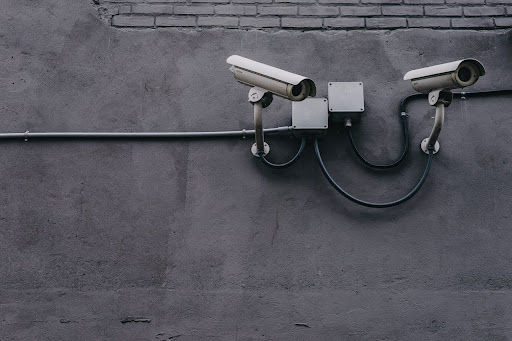Making sure that every construction site has maximum security is important in protecting the lives of employees, the delicate and sensitive machinery and equipment, and avoiding incurring heavy losses in case of an accident. Security has to be an all-round concept: physical, human resources, and technology to minimize risks and guarantee a safe environment. The foundation for a safe construction site is primarily preceded by the development of a proper security plan that incorporates different measures and instruments.
Accessing Control Procedures
The first step towards enhancing the security of sites is to adopt strong access control procedures. This entails enclosure through the use of fences or walls along the perimeter to prevent intruders from accessing the area. There should be a few entry points that are closely guarded, and security guards should observe a strict protocol of who is allowed into the site and at what time. With reporting in and out, which entails anyone entering the compound taking their time to sign in and anyone leaving the compound signing out, it becomes easier to account for everyone who is allowed to be there. Further, the distribution of identification badges or access cards also helps in avoiding such issues, along with making the identification process easier. These badges should be visually different from the previous ones and contain coded security barcodes or chips for higher security and tracking.
Putting Security Cameras
Investing in surveillance systems is mandatory for controlling measures 24/7. This is where a multitude of high-resolution site cameras are helpful, as they offer live streams of the area, as well as recorded material, which is useful for monitoring the area in real time and when there are suspicious occurrences. Cameras should be installed in strategic positions such as gates and exits, equipment storage, and places of accommodation of valuable raw materials, among others. Combining these cameras with motion sensors and alarms can help add more protection, where any movements or attempts to get in are detected instantly.
Making Security-Conscious Employees
Preventing rather than responding to security incidents involves not only the exclusion of unauthorized personnel and surveillance measures but also making employees more security-conscious. This way, employees are always in a position to understand their roles within the facility’s security management and response to emergencies. Employees should be taught about red flags that can help them identify compromising situations, how to report security violations, and how to handle emergencies. Moreover, establishing a communication plan to report such incidents can enhance these response processes and reduce possible threats. Creating awareness of security issues amongst the workforce gives all the people involved the responsibility to stay vigilant.
Removing Useless Equipment
Proper security of valuable equipment and other materials is also another factor to consider in site security. Any equipment that is not in use should be removed and stored in a place that is closed and can only be accessed by personnel who have been granted permission to access such a place. Using practices like GPS tagging on equipment will assist in tracking the position of these valuable assets and therefore, possible theft is discouraged. Also, keeping a record of all the equipment and materials used with periodic checks shows signs of misuse or theft in time.
Be Prepared for Emergencies
Security must also always be prepared for unexpected events or emergencies that may occur in the future. One of the most important directives is the maintenance of plans on how to handle emergencies, including fire outbreaks, accidents, and intrusions. This plan should contain details on the process of evacuating the premises, contacting emergency services, and responding to medical emergencies. Practice scenarios are common as they enable the workers to understand the various processes involved in being in a position to react appropriately in case of an incident. Also, a clean area and emergency equipment, like fire extinguishers and first aid kits, are evidence that the site is ready for quick response in case of emergencies.
It can be argued that maximum security at a construction site can only be attained by embedding various layers of security measures effectively; these include physical barriers, monitoring, and surveillance systems, security amongst the workforce, and security of the equipment that is used within the construction zone. Controlling access, being aware of threats, practice, and prevention are the vital measures one needs to consider in security. This means that these measures should be incorporated together with up-to-date alerts on construction site security practices that can considerably minimize theft incidences and enhance general security for a better working environment.

